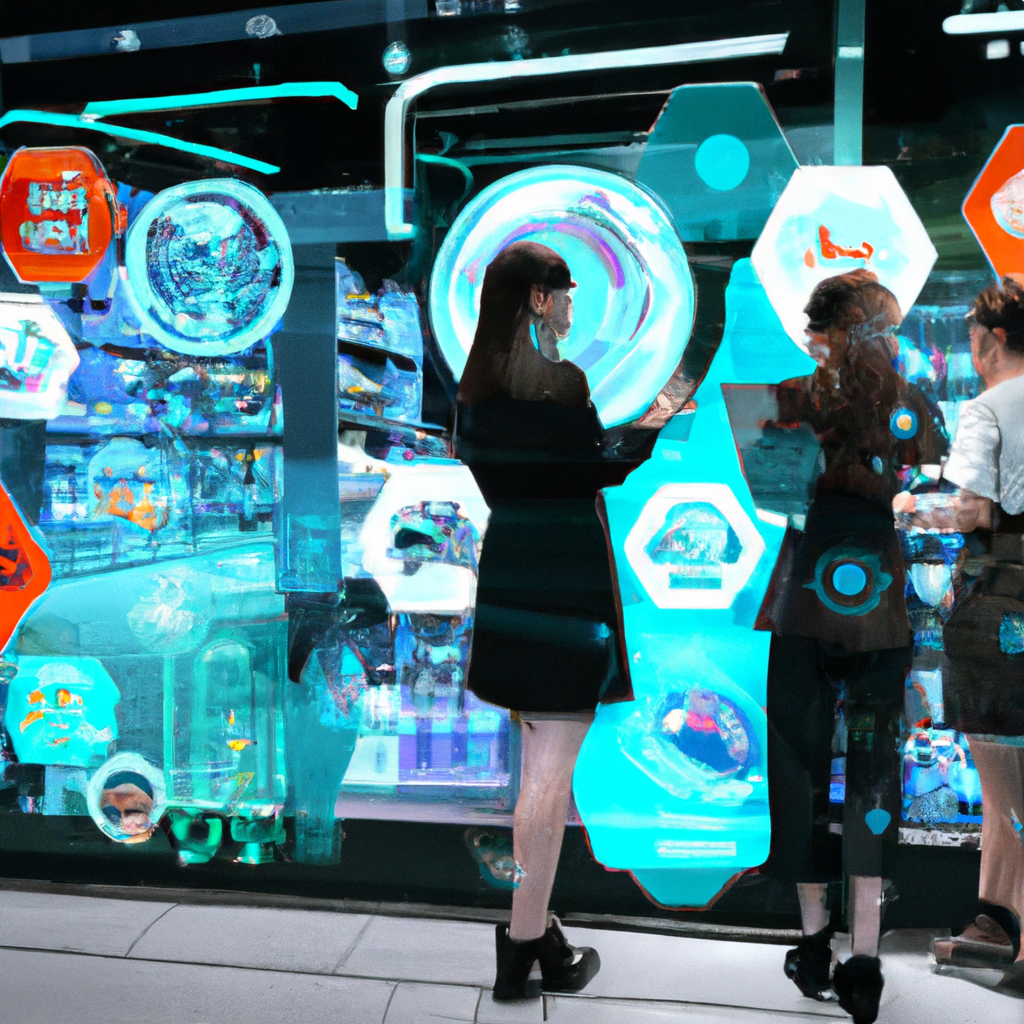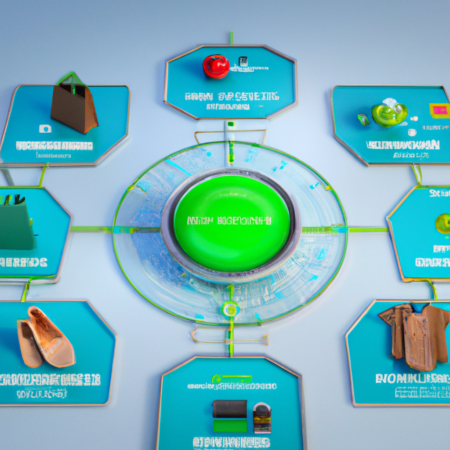Navigating the Future of E-Commerce: Trends and Strategies for 2025
As we move deeper into the decade, the e-commerce landscape is rapidly evolving, driven by technological advancements, changing consumer preferences, and new business models. This comprehensive guide explores the key trends and strategies that will shape the e-commerce and DTC (Direct-to-Consumer) sectors in 2025, offering actionable insights for businesses looking to thrive in this dynamic environment.
Emerging Technologies Shaping E-Commerce
The integration of AI and machine learning continues to revolutionize e-commerce operations. From personalized shopping experiences to efficient inventory management, these technologies are at the forefront of enhancing customer satisfaction and operational efficiency. Additionally, the rise of augmented reality (AR) and virtual reality (VR) is transforming how consumers interact with products, allowing for immersive shopping experiences that bridge the gap between online and physical retail.
Consumer Behavior and Preferences
In 2025, consumer expectations are higher than ever. Shoppers are looking for ultra-convenient, personalized shopping experiences. They prefer brands that not only offer flexibility in shopping across multiple platforms but also those that align with their values like sustainability and ethical practices. This shift is prompting businesses to rethink their strategies to cater to the values-driven consumer.
Sustainability in E-Commerce
Environmental concerns are influencing how companies are perceived. More consumers are choosing brands with sustainable practices at their core. E-commerce businesses are responding by adopting greener practices such as using eco-friendly packaging, optimizing supply chains to reduce carbon footprints, and showcasing transparency in sourcing and production processes.
Adapting to New Business Models
The subscription model and the rise of the gig economy are redefining product ownership and customer loyalty. Companies that offer subscription-based services are enjoying recurring revenue and higher customer retention rates. Meanwhile, the gig economy model is facilitating faster deliveries and more flexible workforce management, crucial for maintaining service excellence in e-commerce.
Conclusion
As the e-commerce landscape continues to evolve, staying ahead requires not only understanding the current trends but also anticipating future shifts. By embracing innovative technologies, aligning with consumer values, and adapting to emerging business models, businesses can position themselves for success in the competitive world of 2025 e-commerce.






